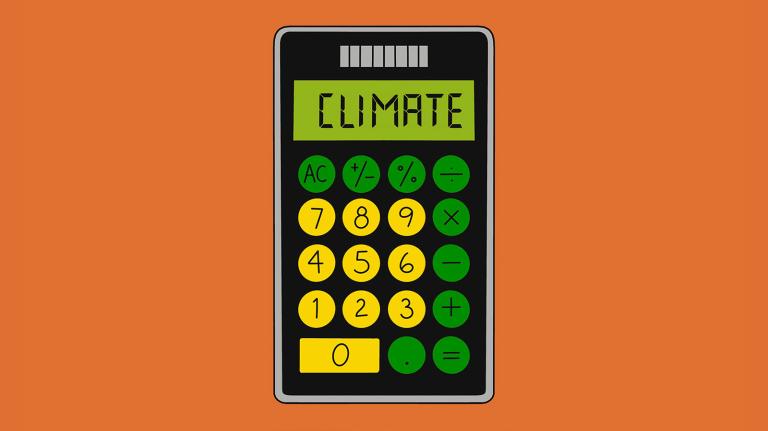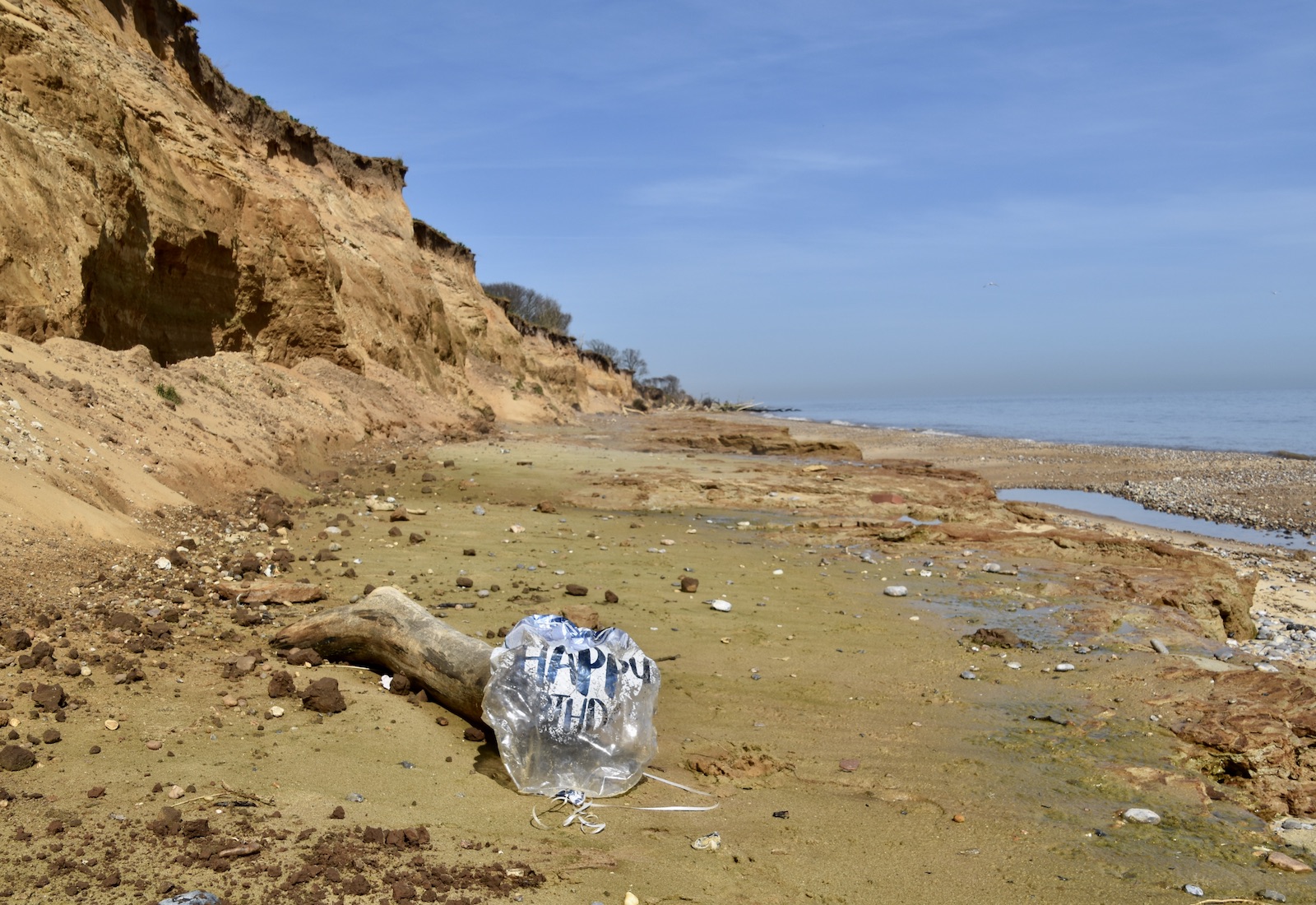Celebrations in a beachside California city will soon have to take place without an iconic, single-use party favor: balloons.
The city council of Laguna Beach, about 50 miles southeast of Los Angeles, banned the sale and use of all types of balloons on Tuesday, citing their contribution to ocean litter as well as risks from potential fires when they hit power lines. Starting in 2024, people using balloons on public property or at city events could incur fines of up to $500 for each violation. (Balloons used solely within people’s homes are exempt.)
The ban is part of a growing nationwide movement to restrict balloon use, as well as a broader item-by-item push to restrict problematic single-use products like plastic straws and bags. For now, most balloon-related state and city legislation only targets the intentional release of helium-filled balloons, but experts say outright bans on using any type outside are gaining traction as people better understand their environmental consequences. Nantucket, Massachusetts, in 2016 banned any balloon filled with a gas that’s lighter than air, and there are similar bans in places like East Hampton, New York, and Solana Beach and Encinitas, California.
“Plastic in the ocean and environment generally is gaining more attention,” Chad Nelsen, chief executive of the nonprofit environmental organization Surfrider Foundation, told Grist. “It’s good that people are looking at these disposable, single-use items that we have been using every day and not thinking about the consequences.” He said California beach cleanups organized by Surfrider in 2022 collected a total of nearly 2,500 balloons.
Balloons, especially those filled with helium, often become ocean pollution after just a few hours of use. Those made of latex — a kind of soft, synthetic or natural material that may take decades to break down — can be mistaken for food by marine animals and birds. When ingested, latex can conform to birds’ stomach cavities, causing nutrient deficiency or suffocation.
Balloons made of mylar, a kind of plastic coated in thin metal, basically never break down. “They stick around truly until the end of time,” said Kara Wiggin, a doctoral researcher at the Scripps Institution of Oceanography. The plastic strings attached to them can strangle marine life and then chip into microplastics that contaminate drinking water and the food chain.
Mylar balloons can also get tangled in power lines, leading to power outages or fires. According to the city of Riverside, California, balloons caused more than 1,300 minutes of power outages for its publicly owned water and electric utility in 2021. Other cities and utilities report thousands of ratepayers losing power each year when balloons get caught in power lines.
Wiggin said balloons are just a small part of society’s broader addiction to single-use items, but that banning them is “low-hanging fruit.” “We don’t throw things purposefully into the environment, but we often do that with balloons,” she told Grist. “That’s a practice that needs to be stopped.”
Nelsen said there are plenty of balloon-free ways to keep the fun going, including paper-based decorations, streamers, flags, kites, and pinwheels — many of which can be safely reused dozens of times. “Let’s find a way to celebrate kids’ birthdays without killing marine life,” he said.




